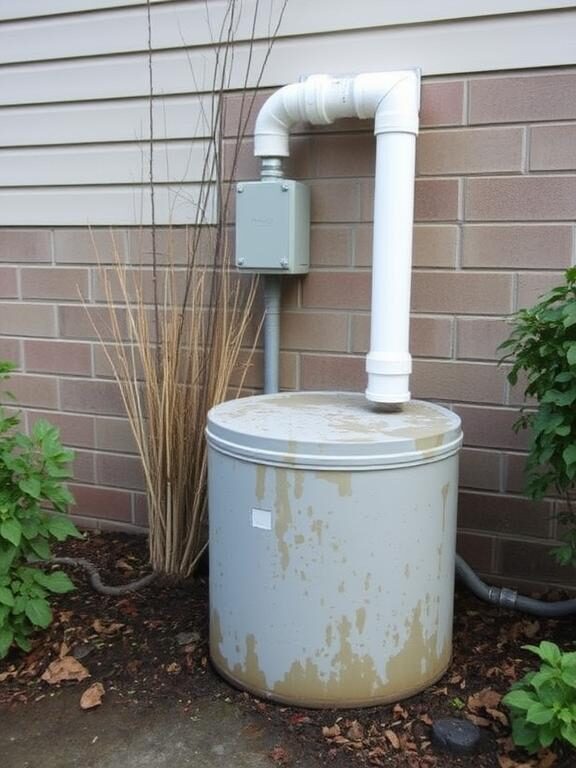Collecting rainwater is a fantastic way to conserve water, lower utility bills, and create a sustainable home. However, many homeowners unknowingly make mistakes that can compromise the efficiency of their rain water collection system. If you’re planning to harvest rainwater or already have a system in place, it’s crucial to avoid these common pitfalls. Let’s go through the seven biggest mistakes that can ruin your rainwater collection system and how to prevent them.
1. Using the Wrong Collection Materials
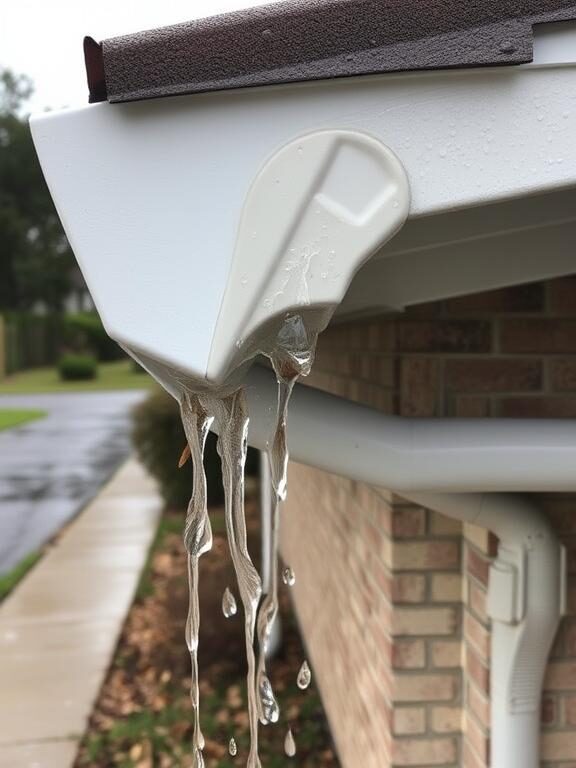
Not all materials are safe for collecting rainwater. Many people make the mistake of using containers that are not food-grade or not meant for water storage. Plastic barrels, for example, may leach harmful chemicals into the water if they aren’t designed for potable use.
How to Avoid It:
- Use BPA-free, food-grade barrels or tanks designed for water collection.
- Avoid containers that previously stored toxic chemicals or oils.
- Opt for stainless steel or high-quality plastic tanks for better durability.
2. Neglecting Proper Filtration and First Flush Systems
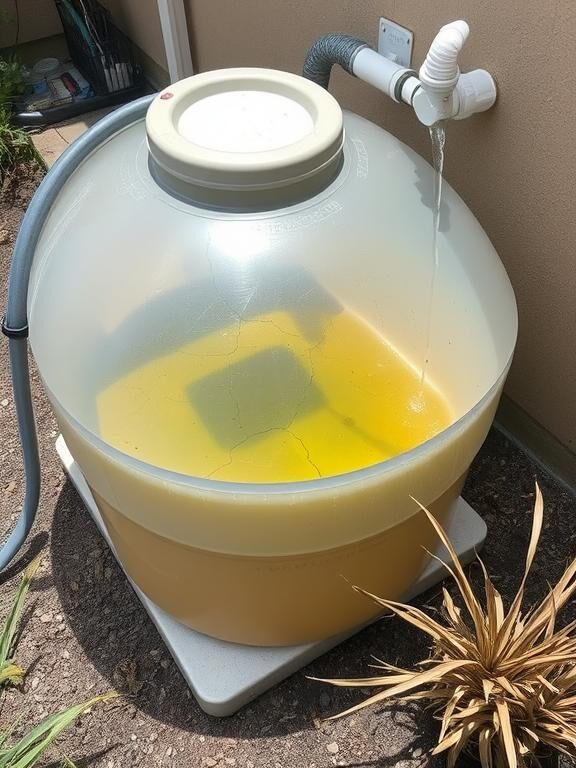
Rainwater might look clean, but it can carry debris, dirt, leaves, bird droppings, and pollutants from your roof. If you don’t filter it before storage, your water can quickly become contaminated and unsafe for use.
How to Avoid It:
- Install a first flush diverter to remove initial dirty runoff.
- Use mesh screens, sediment filters, and UV purification for extra safety.
- Regularly clean gutters and downspouts to prevent clogging and contamination.
3. Ignoring Roof Material Compatibility
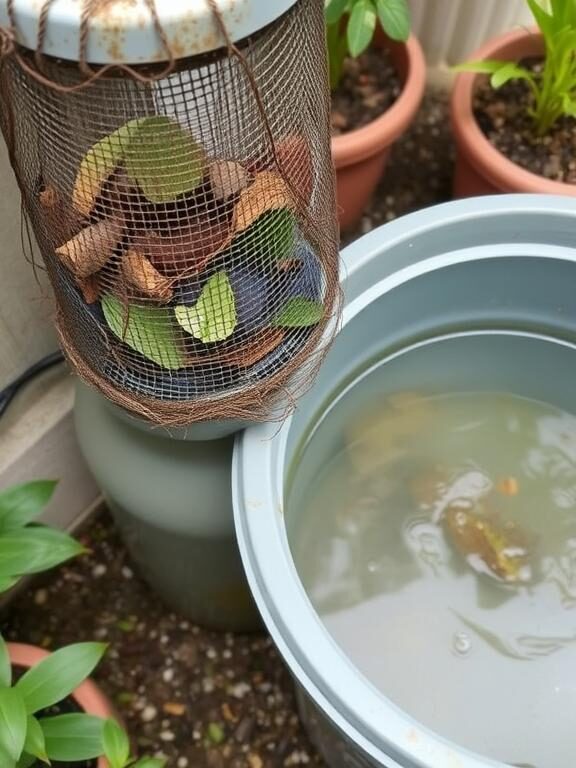
Your roof material affects water quality, and some materials can contaminate rainwater. For example, asphalt shingles contain chemicals that may leach into the water, while metal roofs with lead-based coatings can be hazardous.
How to Avoid It:
- If possible, use metal, ceramic, or untreated wooden roofs.
- Avoid roofs with lead-based paint, tar, or treated wood.
- If your roof isn’t ideal, consider additional filtration systems.
4. Poorly Designed Overflow Management
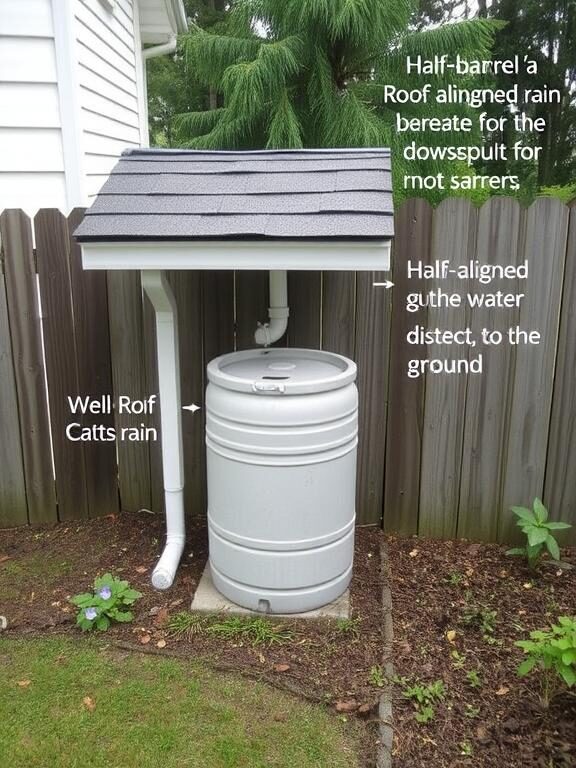
What happens when your tank fills up during heavy rain? Without a proper overflow system, excess water can flood your property, causing erosion, foundation damage, and even mosquito breeding.
How to Avoid It:
- Install an overflow pipe that redirects excess water to a safe drainage area.
- Use gravel pits, rain gardens, or swales to absorb overflow naturally.
- Regularly check for clogs in overflow outlets to ensure proper function.
5. Failing to Keep the System Clean
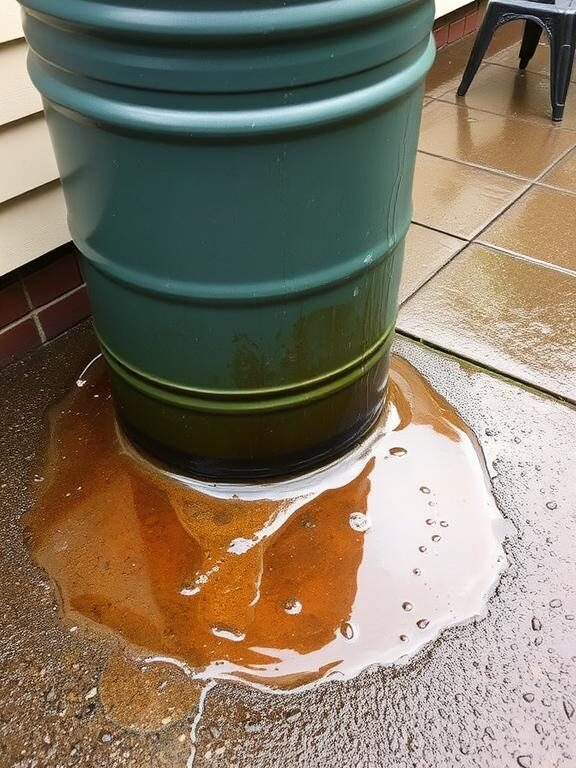
Over time, dirt, algae, and bacteria can build up inside your rainwater collection system, leading to foul odors, clogged pipes, and unsafe water. If you don’t perform regular maintenance, your system can quickly deteriorate.
How to Avoid It:
- Flush and clean your tanks at least once a year.
- Use non-toxic algaecides to prevent algae growth.
- Inspect and clean filters, pipes, and gutters regularly.
6. Forgetting About Mosquito Prevention
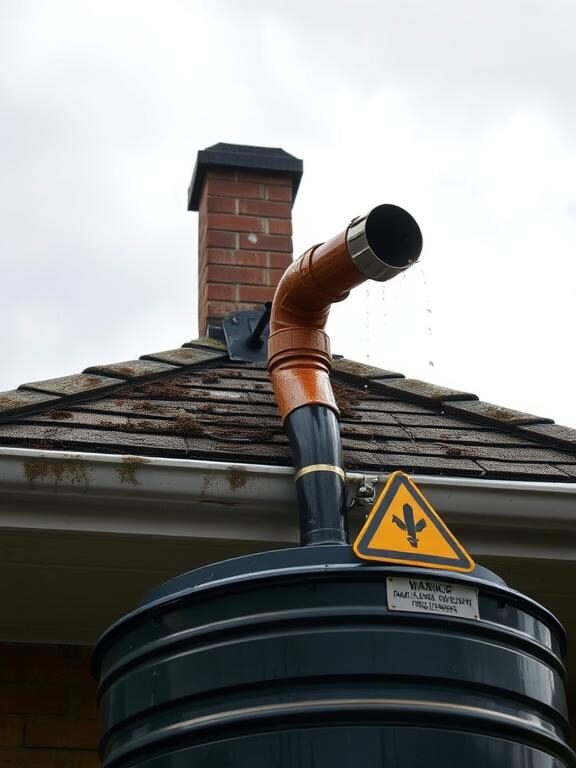
Standing water is a breeding ground for mosquitoes, and an uncovered or poorly sealed rainwater collection system can turn your tank into an insect-infested nightmare.
How to Avoid It:
- Install tight-fitting lids and mosquito-proof screens.
- Add mosquito dunks (natural bacterial treatments) to prevent larvae growth.
- Ensure that there are no leaks or stagnant areas where mosquitoes can breed.
7. Overlooking Local Regulations
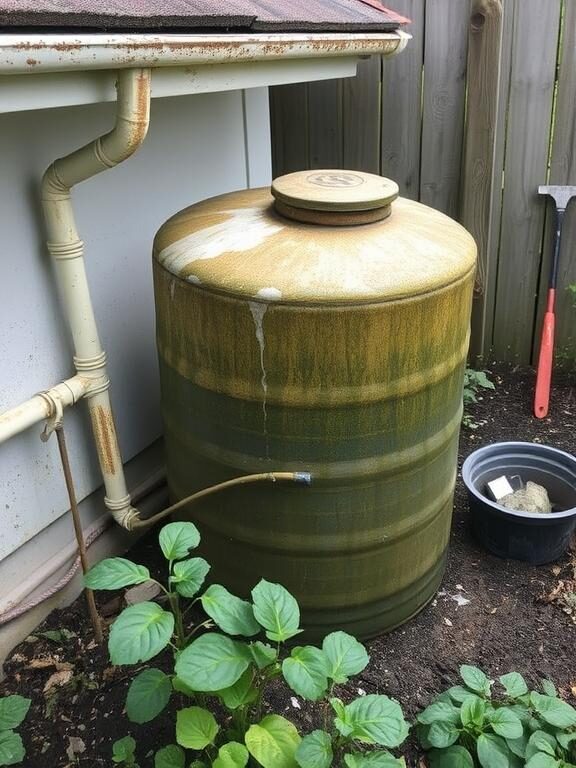
Did you know that some places restrict or regulate rainwater collection? Many homeowners install systems without checking local laws, leading to potential fines or the need for system modifications.
How to Avoid It:
- Research local laws and building codes before installing a rainwater system.
- Check whether you need permits or compliance approvals.
- Follow recommended safety and installation standards in your area.
A rain water collection system can be a game-changer for sustainability, but avoiding these mistakes is key to keeping it efficient, safe, and long-lasting. By choosing the right materials, maintaining cleanliness, and following best practices, you can enjoy a reliable and eco-friendly water source for years to come.
Have you encountered any challenges with rainwater harvesting? Let’s discuss in the comments below! 💧🌱
